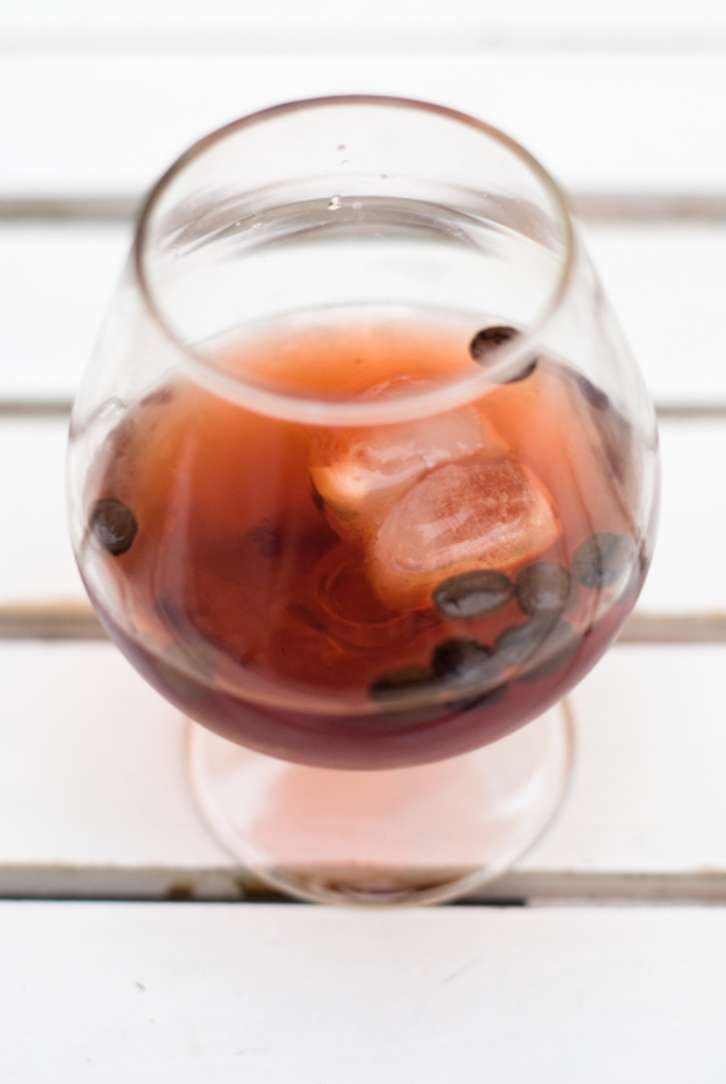 Legend has it that Blanca de Navarra (1385-1441) was cured of all her ills after she drank Pacharan at the Santa María de Nieva Monastery. Six hundred years on, this ruby-red anisette flavoured nectar obtained from sloe berries has become an almost obligatory finale to any typical Navarre meal as the preferred digestif. So it would be an ideal ending for the festive meals we are currently enjoying!
Legend has it that Blanca de Navarra (1385-1441) was cured of all her ills after she drank Pacharan at the Santa María de Nieva Monastery. Six hundred years on, this ruby-red anisette flavoured nectar obtained from sloe berries has become an almost obligatory finale to any typical Navarre meal as the preferred digestif. So it would be an ideal ending for the festive meals we are currently enjoying!
A drive or a cycle around the centre of Navarre, is a pleasure for the senses: varied landscapes, beautiful villages, magnificent monasteries and encounters with hardworking people, all rolled into one easily accessible experience.
The A-12 from Pamplona to Logroño runs parallel to the Way of St. James and round Perdon Wind Farm, brushing Puente del Reina and taking you directly to Estella, capital of the River Ega region. Close by, just three kilometres from Abarzuza, where Navarre's best home-made pacharan (sloe berry liquor) is produced, is Iranzu Monastery, built in the 12th century by Cistercian monks in the foothills of the Urbasa mountain chain; today it is inhabited by Theatine monks. It was subsequently abandoned and later restored by the Navarrese government's Príncipe de Viana Foundation. It is a beautiful Medieval ensemble of buildings. Visitors can stay at the Hospederia, where they can savour the local pacharan.
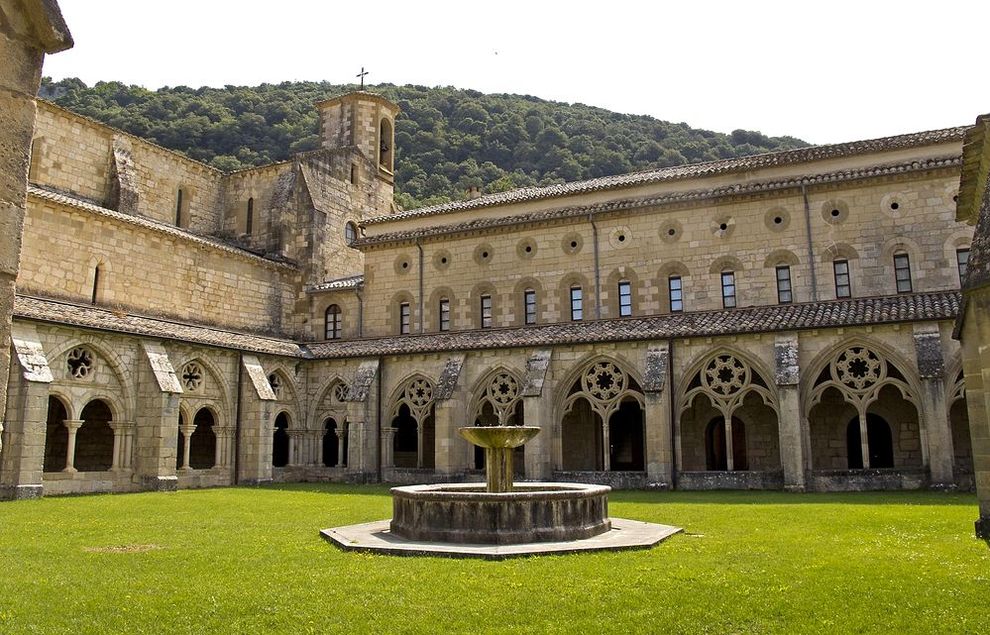
Iranzu Monastery
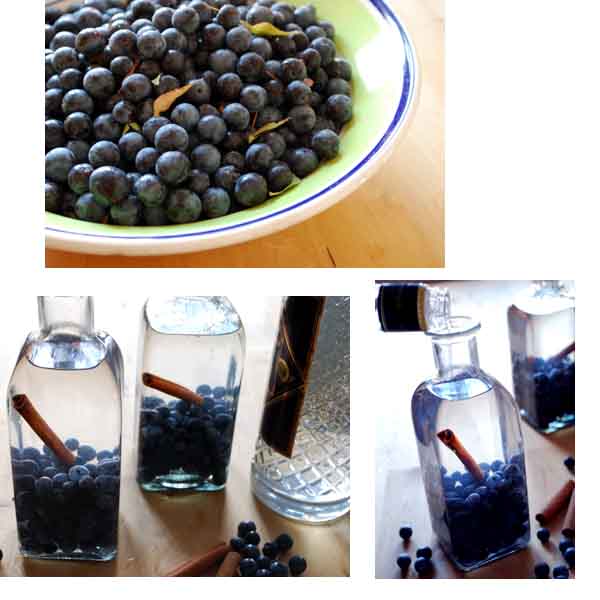
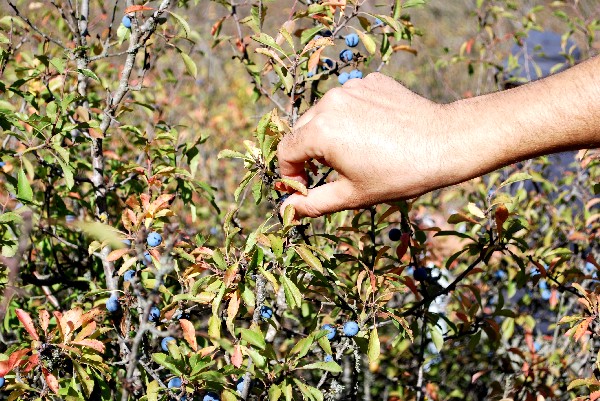
In the heart of Estella, just the other side of Azucarero bridge, which spans the river Ega and dates back to medieval times, is the Plaza San Martin, with the 16th century Fuente de Los Chorros fountain. This is where calle Rua starts. This street, narrow and full of charm, is full of magnificent 16th-century buildings and Gothic arches. However, before turning into this street, first of all visit the ensemble of made up of the Plaza San Martin, the palace of the Navarrese kings - a late Romanesque architectural jewel that has been converted into the Gustavo de Maeztu Museum -, the Courthouse, which was the Town Hall from the 14th to the 19th century, and the Fortress-Church of San Pedro de la Rua, which dates back to the 12th century and has a marvellous outdoor cloister.
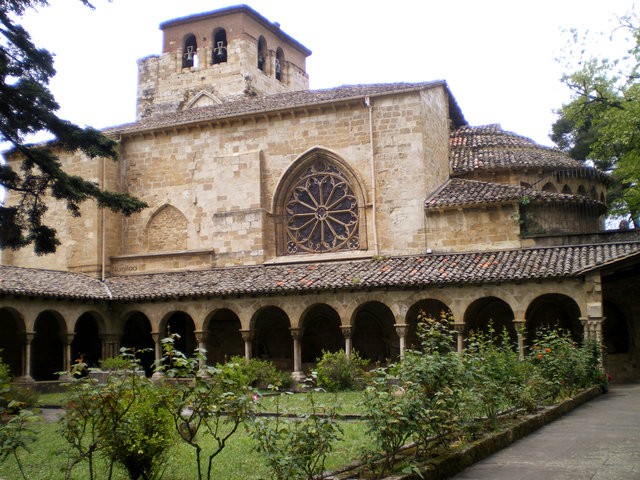
Next, you will come to the Jewish Quarter. Very nearby you will find the 12th century Church of the Santo Sepulcro with its magnificent 14th-century portal, although the building is closed to the public. Going towards the city centre will take you to the Carcel bridge, also of Medieval origin.
From the bridge, you will be able to see the Church of Santa María Jus del Castillo, which was a synagogue before it was converted to a Romanesque church in the 12th century. Also worth a visit is the Church of San Miguel to see its beautiful 12th-century portico.
Three kilometres from Estella, going towards Logroño, stands Irache Monastery. It was built by the Benedictine monks in the 11th century and today it comprises an ensemble of Medieval, Renaissance and Baroque buildings. It has been a hostel for pilgrims, a university and work will soon begin to convert it into a Parador (State-run hotel).
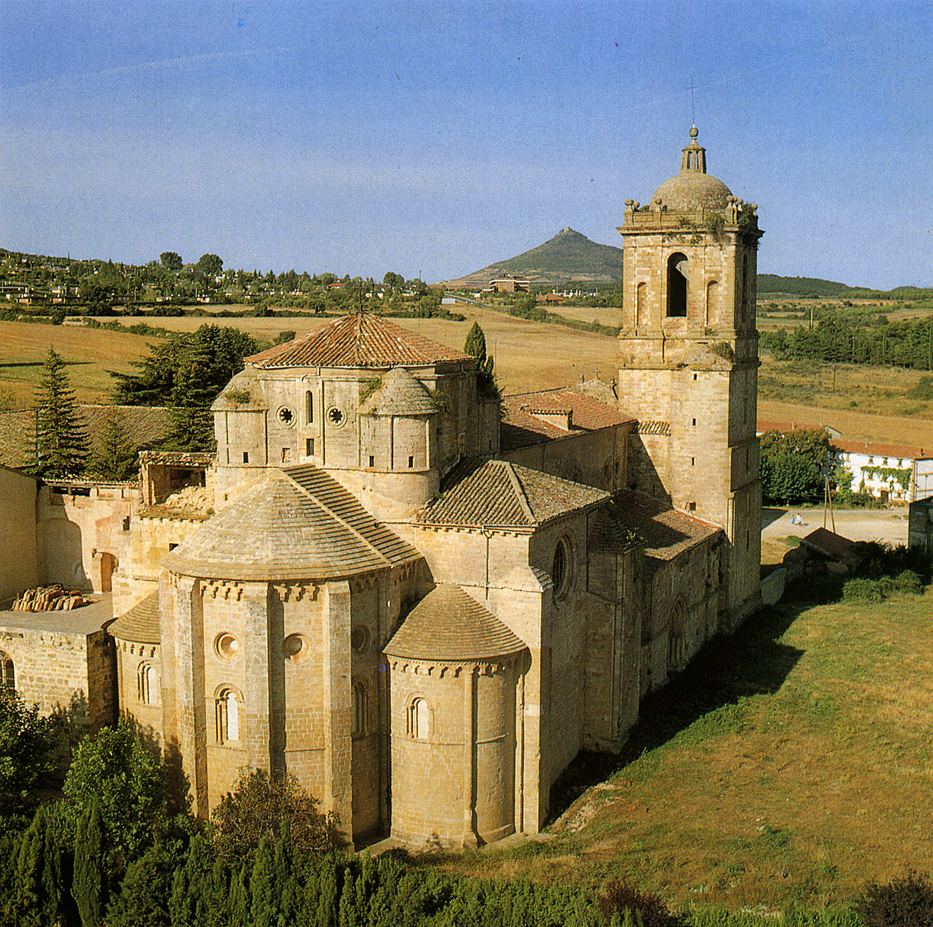
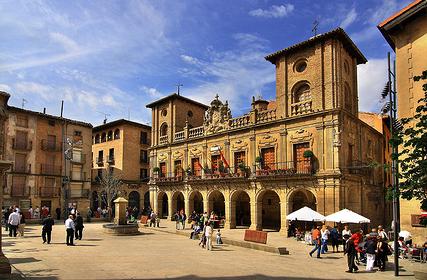 The next stop in the itinerary is Dicastillo, which can be reached by taking the NA-122, and then turning off onto the NA-6341. This is a village set on the hillside with a main street full of stately homes sporting coats of arms. The most spectacular is the Palacio de la Vega. Owned by Countess Vega del Pozo, it was built at the end of the 19th century in pure Neo-gothic style. It is an impressive building, due to its size, its imposing appearance and its location on top of a hill. From Dicastillo it is best to go back to Estella and once again take the A-12, and then the N-111, which will take you to Viana.
The next stop in the itinerary is Dicastillo, which can be reached by taking the NA-122, and then turning off onto the NA-6341. This is a village set on the hillside with a main street full of stately homes sporting coats of arms. The most spectacular is the Palacio de la Vega. Owned by Countess Vega del Pozo, it was built at the end of the 19th century in pure Neo-gothic style. It is an impressive building, due to its size, its imposing appearance and its location on top of a hill. From Dicastillo it is best to go back to Estella and once again take the A-12, and then the N-111, which will take you to Viana.
The town, just like the whole route, is closely linked to the Way of St James. The art, history and monumental nature of its buildings make it a place of special interest. It is a walled town, with a high street lined with stone houses adorned with coats of arms. In 2007 it celebrated the fifth centenary of Cesar Boria, who was mortally wounded as he rode these lands in his endeavour to win back Viana castle for the king of Navarre. You can finish the route at the Church of Santa María de Viana, where you can listen to the Gregorian chants that can be heard inside.
The drink Pacharan is basically a liqueur obtained by macerating sloe berries - the bluish-black fruit from the blackthorn (Prunus spinosa)
The name comes from the Basque word "basaran" which means sloe. Pacharan has always been well known and was drunk in Navarre as far back as the Middle Ages.
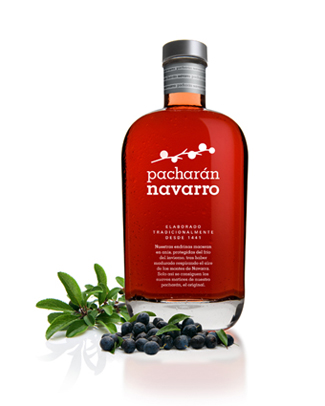 Wild blackthorns can be found all over Europe and they have been cultivated in Navarre since 1997. The sloe berries are harvested in autumn.
Wild blackthorns can be found all over Europe and they have been cultivated in Navarre since 1997. The sloe berries are harvested in autumn.
Pacharan should be red or intense pink in colour. The presence of sediment or cloudiness indicates incorrect filtering. It has a high energy content: approximately 292 kcal per 100 ml, which comes from its alcohol content - between 25% and 30% - and the sugar content so moderate consumption is recommended.
The gastronomy in this region is rich and varied: The gorrín asado (baked suckling pig) is a typical dish of Estella; however, the seasoned red beans with belly pork, small stuffed peppers, vegetable panache, lamb chilindron or ajoarriero, are also delicious, always accompanied by the great wines that visitors enjoy so much. For dessert, cheese for Urbasa, made from (latxa sheep's milk) is a must that will delight any palate. And as the grand finale, the obligatory pacharan.
Pacharan liqueur, Urbasa cheese and Rocas del Puy are almost essential purchases for all visitors who decide to travel through Navarre. The brand of Pacharan and the size of the bottle chosen in the wineries and food or wine stores will depend on each visitor's tastes and requirements. Cheeses can be purchased in specialised shops, supermarkets and in the rural houses in the area, and the Rocas del Puy, toasted hazelnuts covered in dark chocolate, in cake shops.
Taking into account the climate, the best time to visit the area of Pamplona, Dicastillo and Viana is during spring and summer. The trees that adorn this area parallel to the Way of St James paint a landscape that uses all the colours of the palette. In autumn the sloes are harvested, which is something not to be missed.
Vega del Pozo Palace in Dicastillo was built at the end of the 19th century, having been expressly commissioned by Countess Vega del Pozo. It is outstanding not only because of its unique geographical placement but also because of its huge size and spectacular architecture.
The Church of San Pedro de la Rua in Estella and its cloister make up a beautiful ensemble. Built in late Romanesque style, it has an impressive entrance stairway. Its façade dates back to the middle of the 13th century. The cloister, built in the early 12th century, was partially demolished in the 16th century. Its steeples are of extremely high sculptural quality.
The annual festivities in Viana are held from 21 to 25 July. The festivities in honour of the patron saints of Estella, which are the most important in this area of Central Navarre, begin on the Friday before the first Sunday of August and last a week.
It is a province which is well worth a visit.
 - Copy 1.jpg)
Parque Urredera, Navarra